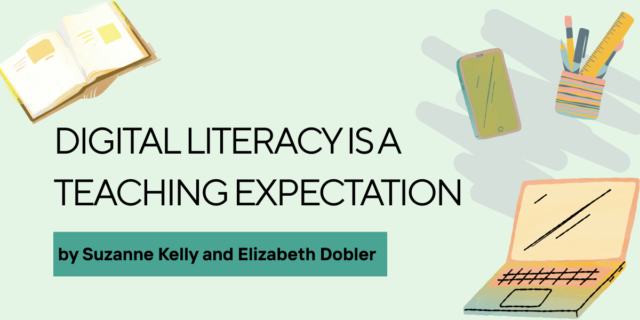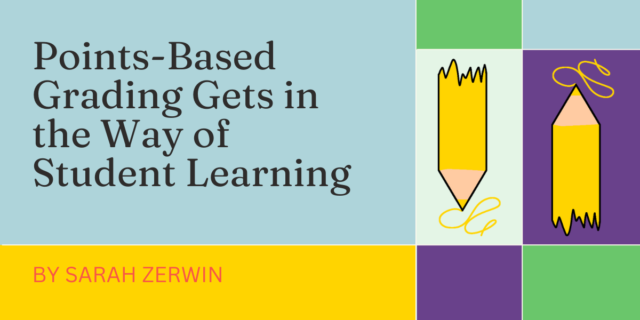
When a writer uses extreme or absolute language in his writing, using words like "all" or "none," he distorts the picture, and you as a reader need to ask yourself some questions. Why is the writer distorting this piece? Is it strategic? Is it knowing? How do I respond, and how do I move forward in the reading?
Visit the official Reading Nonfiction page for more information.
♦ ♦ ♦ ♦


Kylene Beers and Bob Probst have helped thousands of teachers with strategies for the close reading of fiction in Notice and Note: Strategies for Close Reading. And now, coming this autumn, the authors return with Reading Nonfiction: Notice and Note Signposts and Questions.



